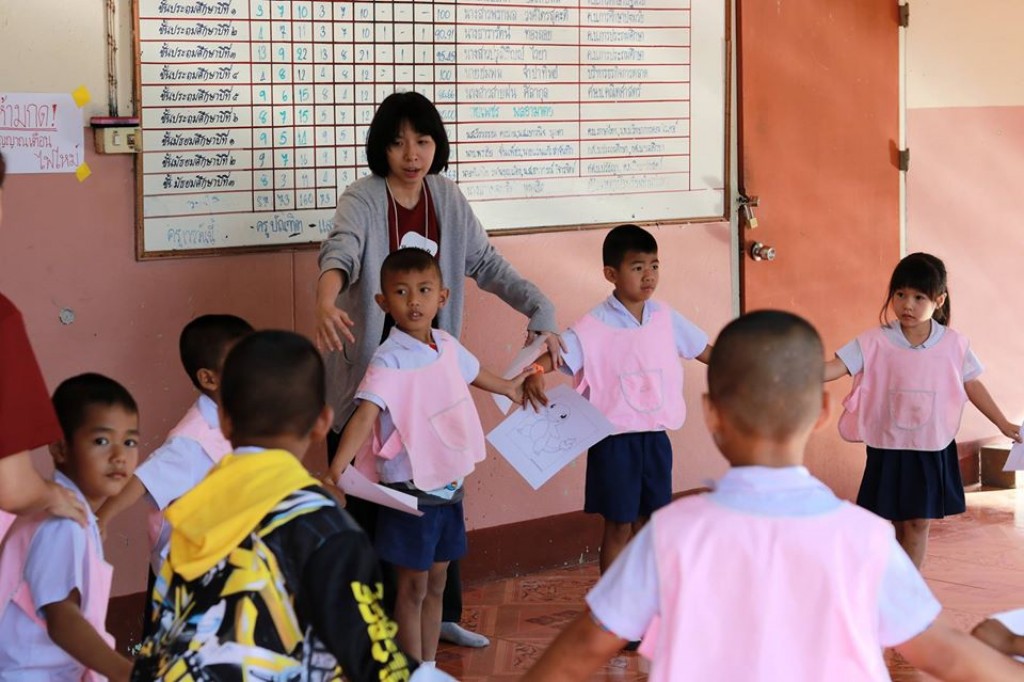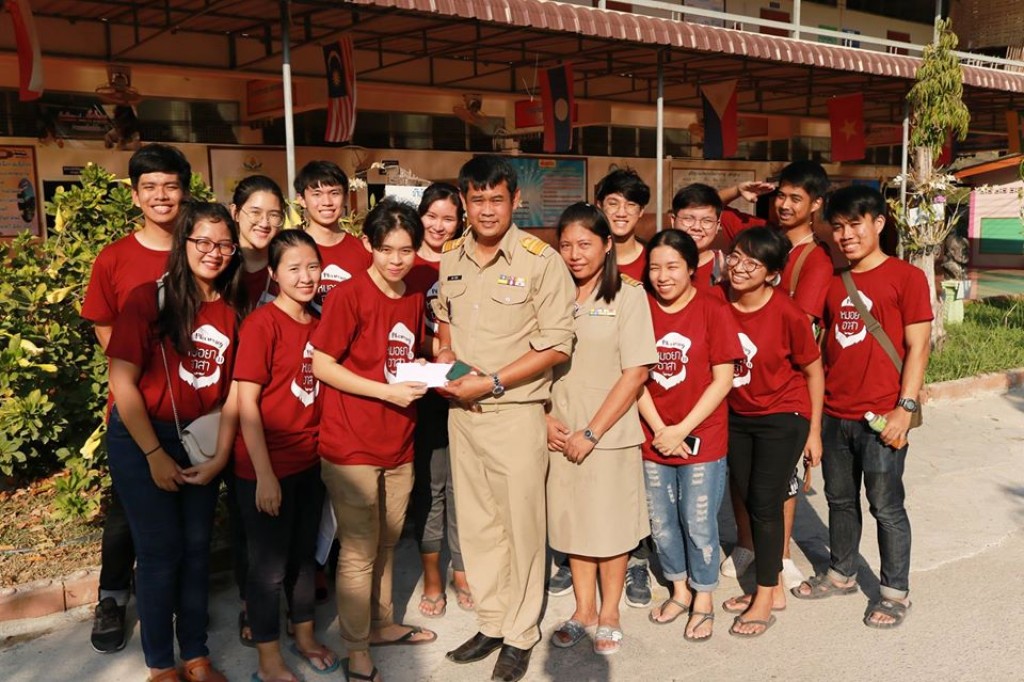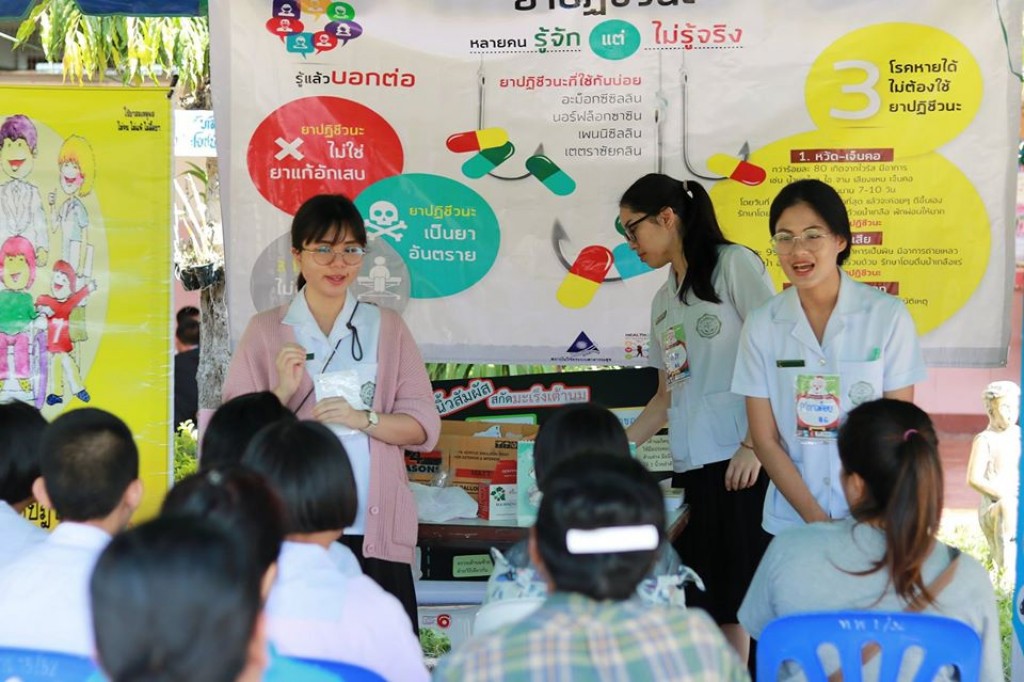





| Target | Indicator | Result |
|---|---|---|

SDG 3
GOOD HEALTH AND WELL-BEING
|
||
| 3.8 Achieve universal health coverage, including financial risk protection, access to quality essential health-care services and access to safe, effective, quality and affordable essential medicines and vaccines for all | 3.8.1 Coverage of essential health services (defined as the average coverage of essential services based on tracer interventions that include reproductive, maternal, newborn and child health, infectious diseases, non-communicable diseases and service capacity and access, among the general and the most disadvantaged population) | The Pharmacist Volunteer Service provided knowledge to the public through the home visit project which incorporated with community leaders. We have solved the problem of improper drug use among patients in each house. We also recommend healthcare knowledge to them in order not to spread the disease to others or to prevent additional diseases as well. We also educated people by organizing exhibitions at school. There were brochures and workshops for people in order to gain good experiences. |

SDG 4
QUALITY EDUCATION
|
||
| 4.7 By 2030, ensure that all learners acquire the knowledge and skills needed to promote sustainable development, including, among others, through education for sustainable development and sustainable lifestyles, human rights, gender equality, promotion of a culture of peace and non-violence, global citizenship and appreciation of cultural diversity and of culture's contribution to sustainable development | 4.7.1 Extent to which (i) global citizenship education and (ii) education for sustainable development, including gender equality and human rights, are mainstreamed at all levels in (a) national education policies; (b) curricula; (c) teacher education; and (d) student assessment | We worked together with the home healthcare pharmacist at the local hospital by sharing health data of each villager. This allowed us to quickly reach the villagers’ problems and give advice at the right points. After each visit, our data were referred to the pharmacist in the local hospital. Therefore, the data of them were maintained and consistently monitor even after we left. |
This project were focus on health care of people around Tumbon Lumsompung, Saraburi province, where people were poor and low educated. Most of people around here are farmer. They raise cow for milk. The activities were visit people in Lumsompung and give advices to them. The advices were included safely storage of their medicine, how to use medicine correctly, and how to take care of themself and their family. We worked together as a team with the FDA government who are pharmacists in that area. After visiting, we wrote reports and presented to them. This will help them solve problems. Moreover, our students could work from the real situation, which was much different from what they have learn in a classroom. This provided good experiences and built good attitude for them about Pharmacist. Since we stayed at Lumsompung school during the activities, we did a lot of volunteer jobs for example organize books in a library and also the medicine in the infirmary. We also created the events which we invited people around this area to see the exhibitions about medicines.
This project helped people around Tumbon Lumsompung to concern more about their health. People gained knowledge about medicinal use in their daily life. Moreover, students have learn to work as a team. They would have good attitude for Pharmacists.




